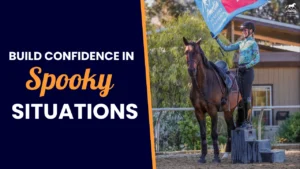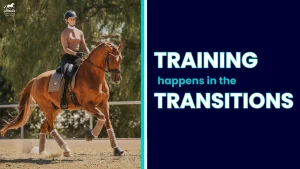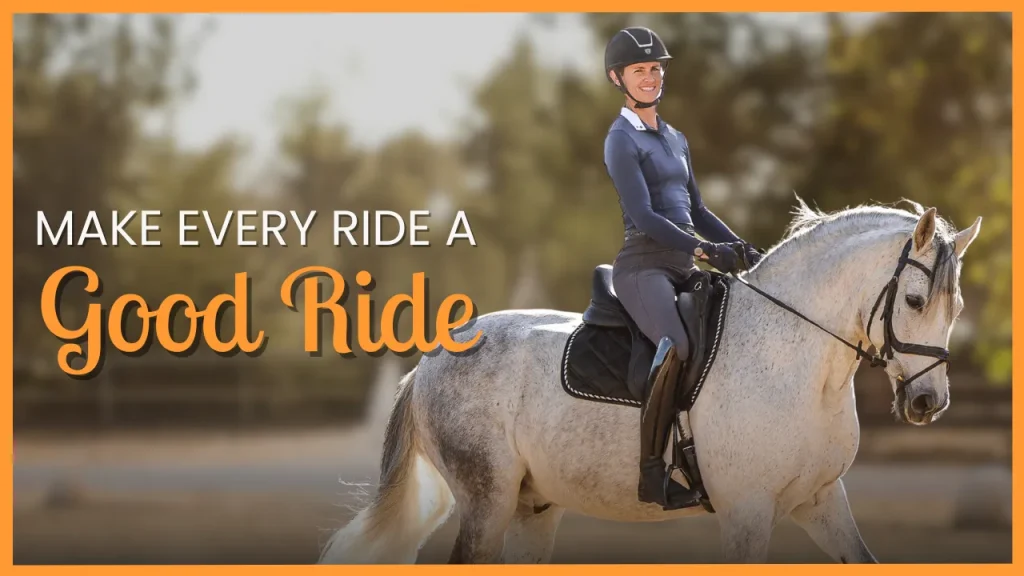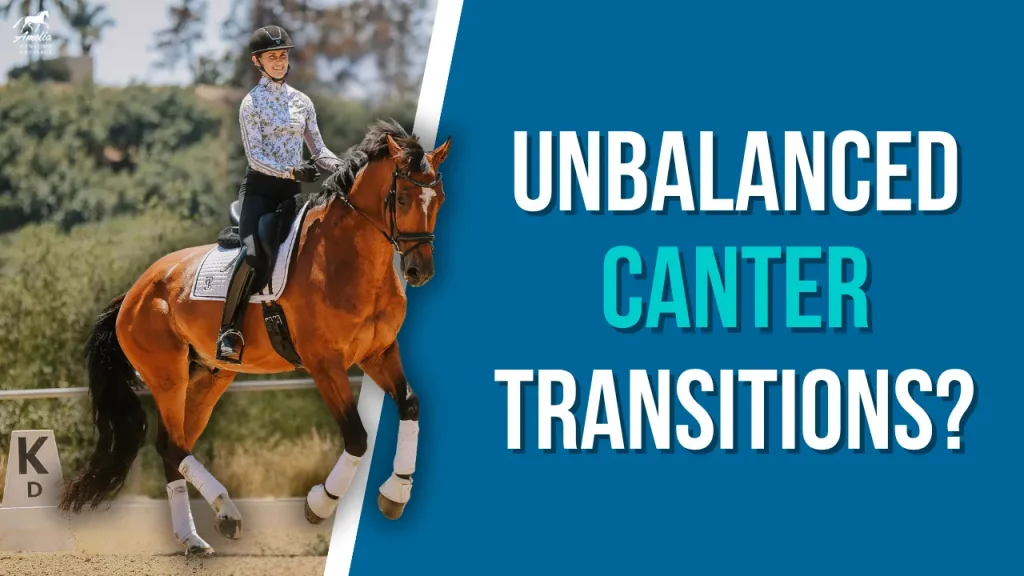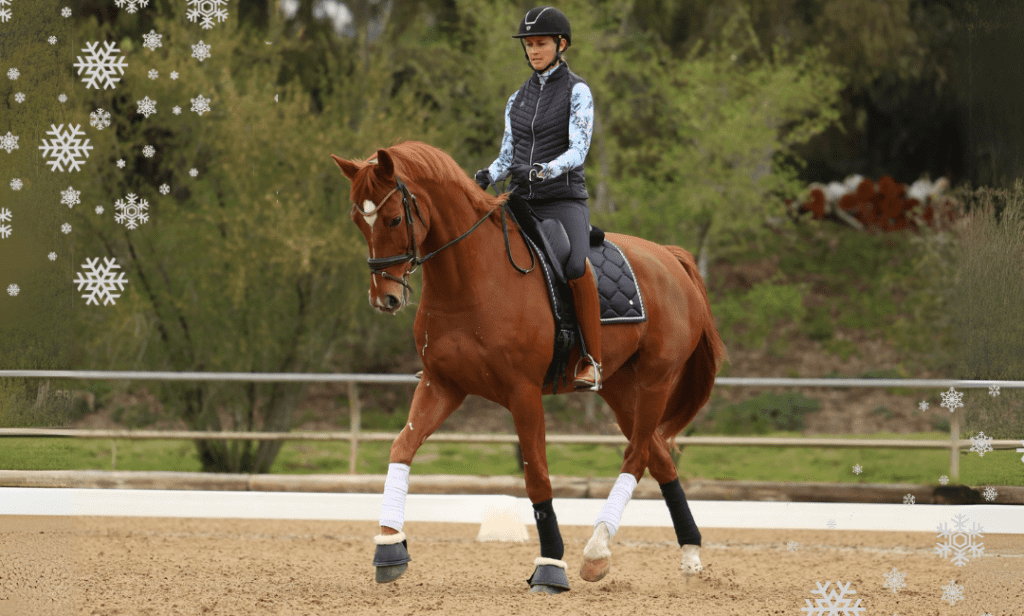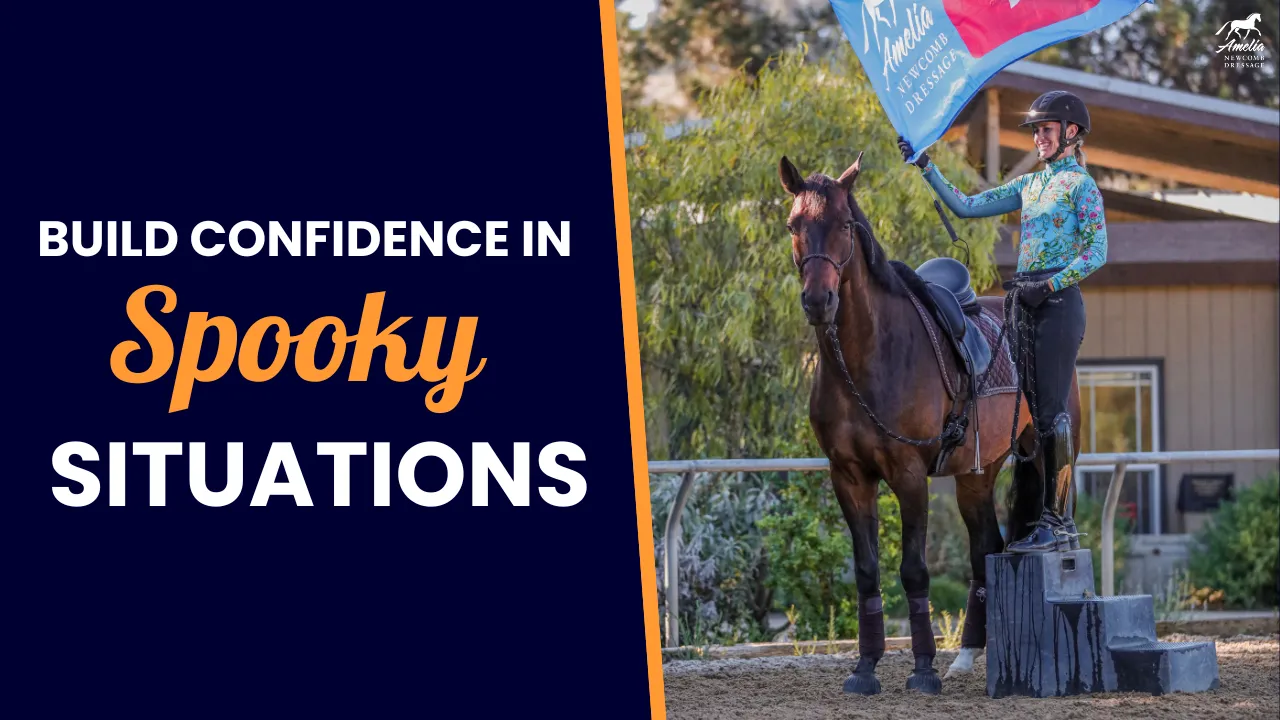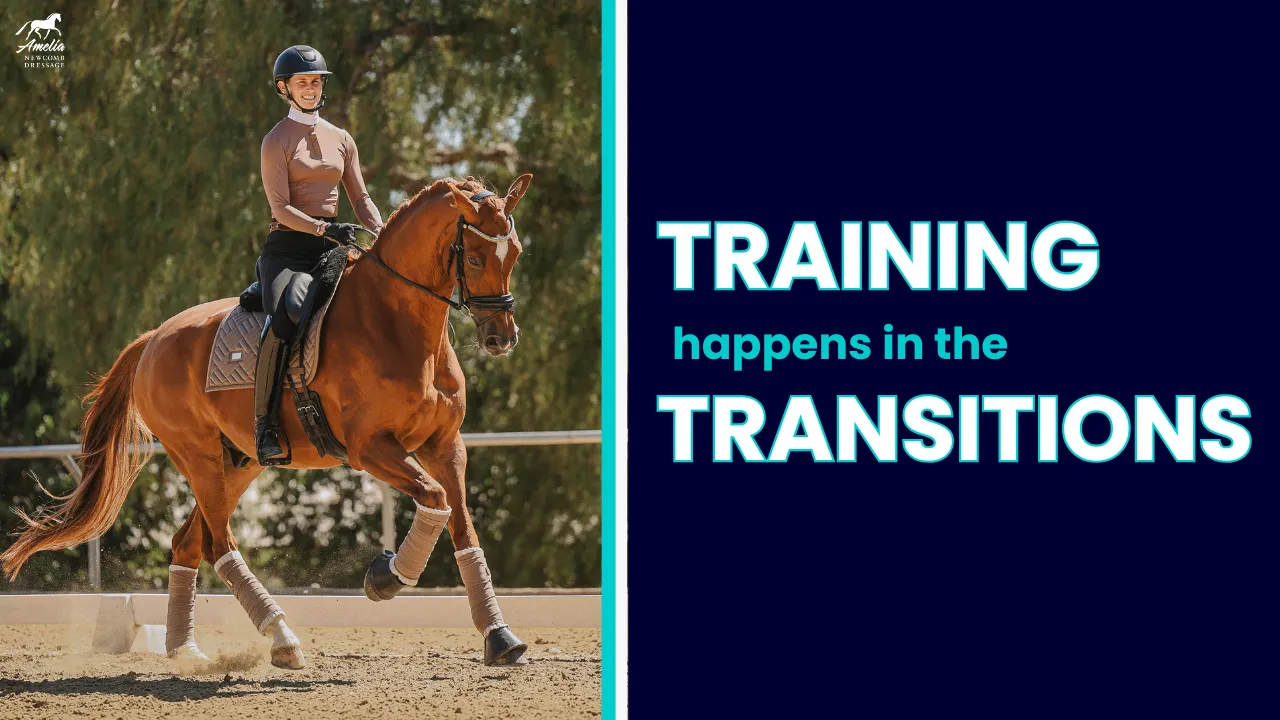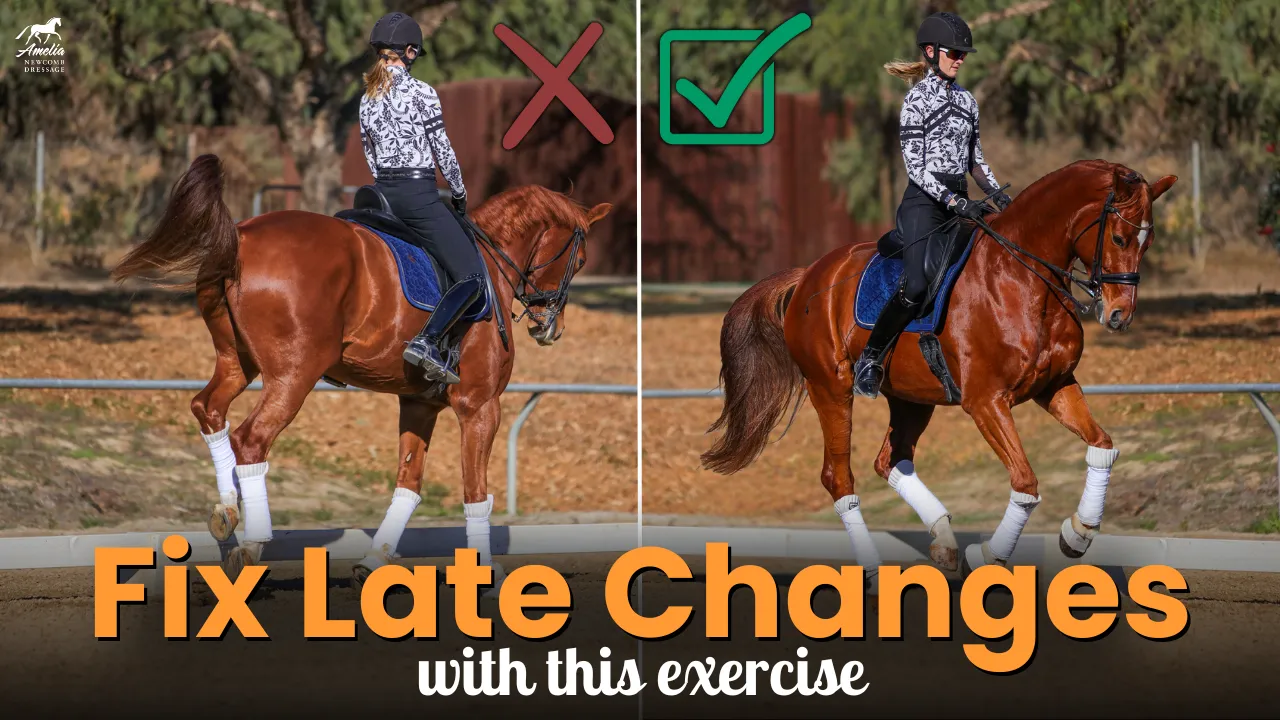Riders often ask me, “Can you just give me a lesson plan? I want to know exactly what to do with my horse.” Having a structured plan for your ride can make all the difference in your training. While it’s great to have a plan, horses are unpredictable. Weather, distractions, or even a new chair in the arena can derail your ride. Don’t feel discouraged if you need to adjust your plan, and remember: tomorrow is another day. A bad ride doesn’t define your progress.
In this video, I wanted to show you the general framework I follow for planning my rides, which you can adapt based on your horse’s level, fitness, and temperament. But before we get into the video, I wanted to remind you that my Strides with Amelia program is open for enrollment. If you need help planning your ride, staying motivated, and making progress towards your goals, then you’ll love my Strides program. It’s designed to give riders the education, structure, and support they need to achieve their goals. Inside Strides, you’ll get access to customized lesson plans, detailed video reviews from me and my team, and a supportive community to keep you motivated. Click here to learn more.
Okay, now on to the tips! Here is the basic structure that I use for every ride:
1. Warm-Up Phase: Setting the Tone
Start your ride with a solid warm-up to loosen your horse’s body, get them relaxed, and set a positive tone. Spend 10-15 minutes walking, either on a loose rein or with light contact, depending on your horse’s needs. Use this time to focus on your position, breathing, and alignment. If your horse tends to get distracted, add serpentines or gentle bending lines to keep their attention.
Transition into the trot with simple 20-meter circles at each end of the arena. Focus on rhythm, tempo, and steering. Depending on your horse, you might begin with a longer, lower frame to encourage relaxation or a bit of a higher frame if they tend to fall onto the forehand.
2. Working Phase: Targeted Training
The working phase is where you challenge your horse with exercises to improve specific skills. Choose two or three exercises that target areas you want to develop. For example, with Isaac, a five-year-old that I have in training, I’m working on transitions and balance, and a great pattern for this is the Snowman.
After completing one exercise, move on to another to keep your horse engaged. If your horse is doing well, you might introduce a new skill to gently push their limits while maintaining confidence.
3. Cool-Down Phase: Ending on a Positive Note
The cool-down phase helps your horse relax and process the work you’ve done together. Return to a walk on a loose rein or with light contact, allowing your horse to stretch out. This is also a time to reward your horse for their effort and reflect on the ride.
Every horse is different, so adapt your plan to suit their needs. Younger or greener horses might need simpler exercises and more groundwork, while advanced horses can handle greater complexity.
If you’re feeling stuck or unsure of how to tailor your rides, check out Strides with Amelia. This program will provide the structure you need. You’ll have access to personalized lesson plans, detailed video feedback, and step-by-step guidance to ensure you and your horse progress confidently. Click here to learn more and join today.
Happy Riding!
Amelia

